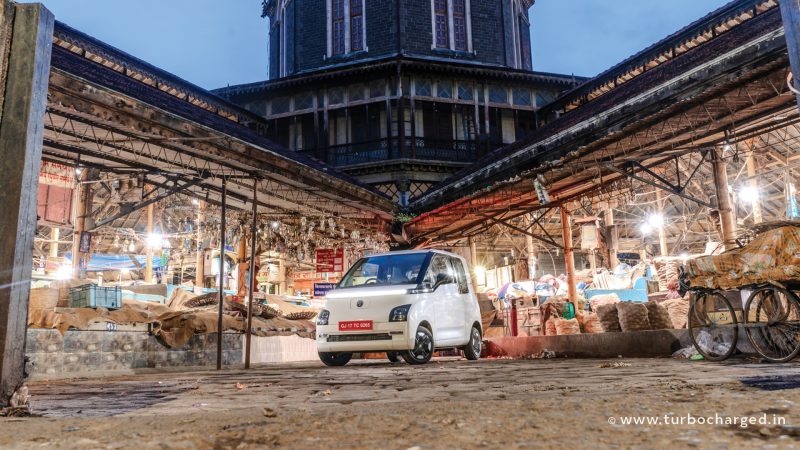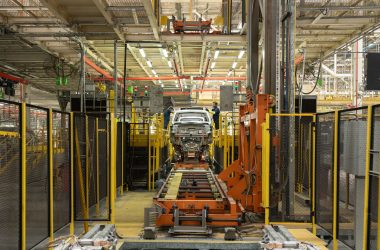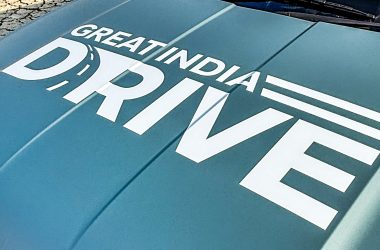Photography: Vaibhav Dhanawade
The year was 1983. Maruti launched the 800, the first production small car in the Indian market. The modern Japanese Kei car was a stark departure from the large old-generation vehicles that were your only choice if you had the money back then. It felt modern in all aspects and drove like a modern car too. It was bound to be a success but even Maruti Udyog Limited couldn’t possibly fathom that this tiny set of wheels would usher in a new era of the Indian automobile industry — the era of the city car.

The Maruti 800’s entry was well-timed too. Cities had started sprouting across the Indian hinterland and the major metros started bursting at its seams. The small car seemed to be the best mode of transportation for the well-heeled given its ease of driving and parking! The Maruti 800 seemed like a no-brainer for the city dweller and found favour among first-time buyers for obvious reasons. No wonder it has been one of the highest-selling cars in India. In fact, it continues to live on in the guise of the Alto which over two decades of its existence has managed to sell over 45 lakh units!

My first tryst with a small car was my friend’s third-generation Maruti 800 (he was quite popular in college, being the only one to use a car as a mode of transportation). It had a unique shade of green and the first time I took it for a spin I marvelled at how easy it was to drive compared to the Padminis and Ambasaddors I was used to. In contrast, my neighbour’s first-generation Maruti 800 felt utilitarian but had undeniable charm. Since then, I’ve had a soft spot for small cars and have always been fascinated by them.

Following the Maruti 800, the only car that came closest to capturing the essence of the city car was the Tata Nano. Its origins are no less than a clip out of some Martin Scorcese cinematic masterpiece. One rainy day, the erstwhile chairman of the Tata group, Ratan Tata saw a family of four struggling aboard a scooter causing him to introspect the need for a car to be within reach of even lower-middle class households. The objective was decided. The Nano had to cost not more than one lakh rupees to buy. The engineering behind developing the Nano was so meticulous that it led to the birth of the term ‘cost engineering’. While the Nano was a brilliant city car, it could not shake off the stigma of being a cheap car in an ecosystem where cars are considered a prestige vessel in social standing. That and rising costs led to the Nano’s premature demise. Having spent considerable time with the last generation of the Nano and loving every moment of it, it vexes me to think what this small underrated hatchback could have been. Tata even had plans for a Nano EV but sadly it never saw the light of day.
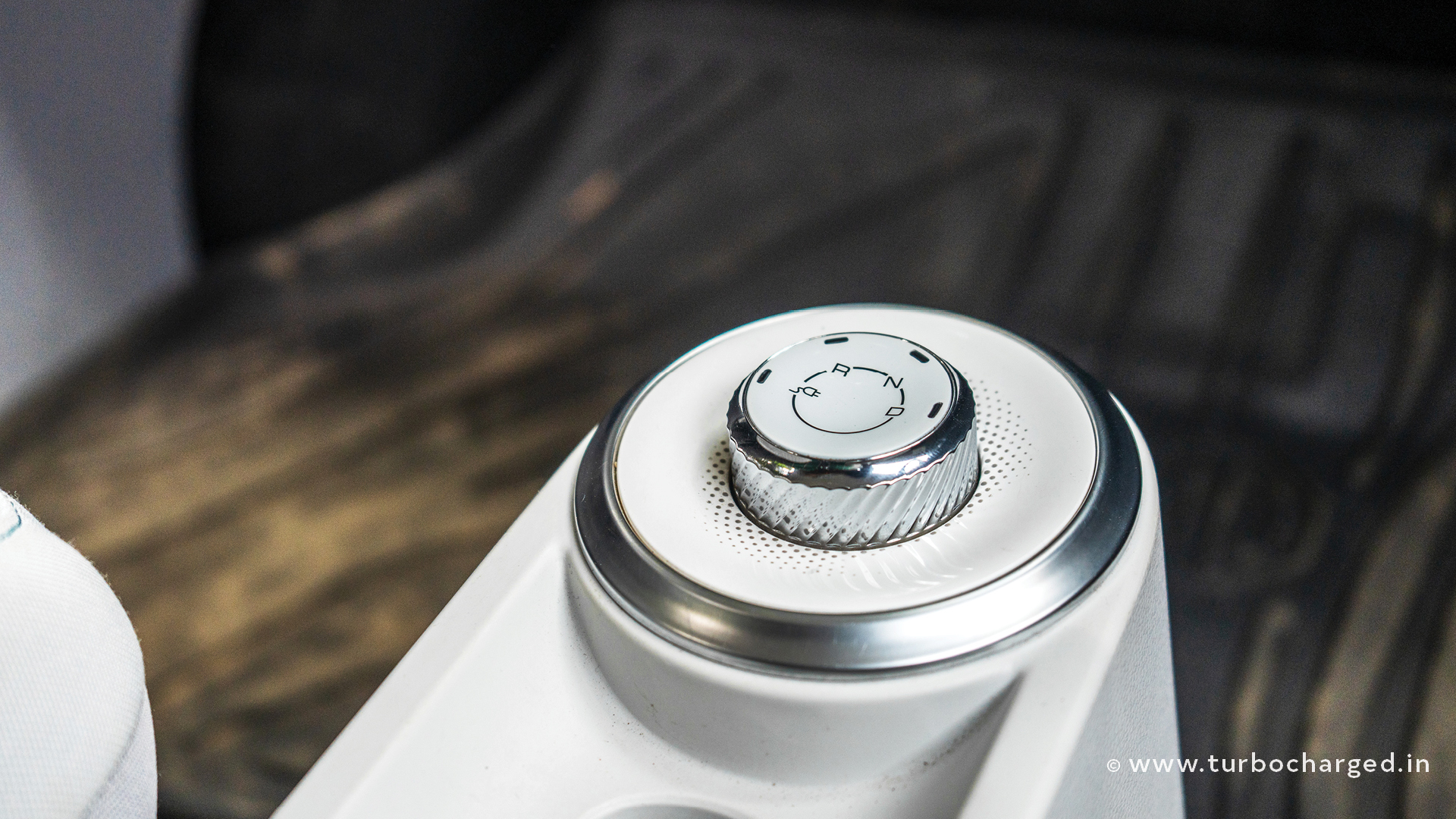
Changing consumer priorities and the availability of a bouquet of body styles meant the demand for small cars has waned over the years but I feel the small car is more relevant today than ever. Considering the number of cars on the road today, it pays to have a small footprint. Not only is it easy to park a small car, it is easy to weave through chaotic traffic-infested roads. And today’s small cars offer the same kind of features seen in a mid-size sedan. Also, most small cars offer enough space for four — making them a fantastic mode of transport in city limits.

While India is embracing the electric future, carmakers have mostly dabbled with SUVs and high-end sedans. While Tata does have the Tiago EV, it is the MG Comet that seems to manifest itself as the quintessential city car of the future. The Comet is unabashedly compact and uses only two doors albeit large ones, despite having a four-seater layout. The compact dimensions are further accentuated by a short turning radius.

I feel the Comet is what the Nano could have been! The perfect city car. In fact, if you look at them closely, there are many similarities between the two. Like the small wheels on the farthest corners of the car for better handling, or the large glasshouse area for a more airy cabin. Step inside and both have a spacious cabin thanks to a missing centre console and slim seats.

Both feel similar to drive as well. The Nano has a torquey two-cylinder motor which gets up to 80kmph with ease. The Comet too surprises with its peppy acceleration. An advantage of the electric motor is zero lag so you always have performance on tap. That makes it quite easy to overtake that pesky autowallah. And fun too. Small cars equate to small fuel tanks. Similarly, the Comet also has a smaller battery pack. Given the efficient motor though, the Comet offers a claimed range of 230km which is more than enough for city commutes and you can even do an intercity run in a cinch.

Small cars fit just about anywhere. To test this theory we took it to Mandai — Pune’s most crowded spot. Not only did we manage to drive through this crowded market with ease but were able to attract a lot of eyeballs and thumbs up gestures from the vegetable vendors.
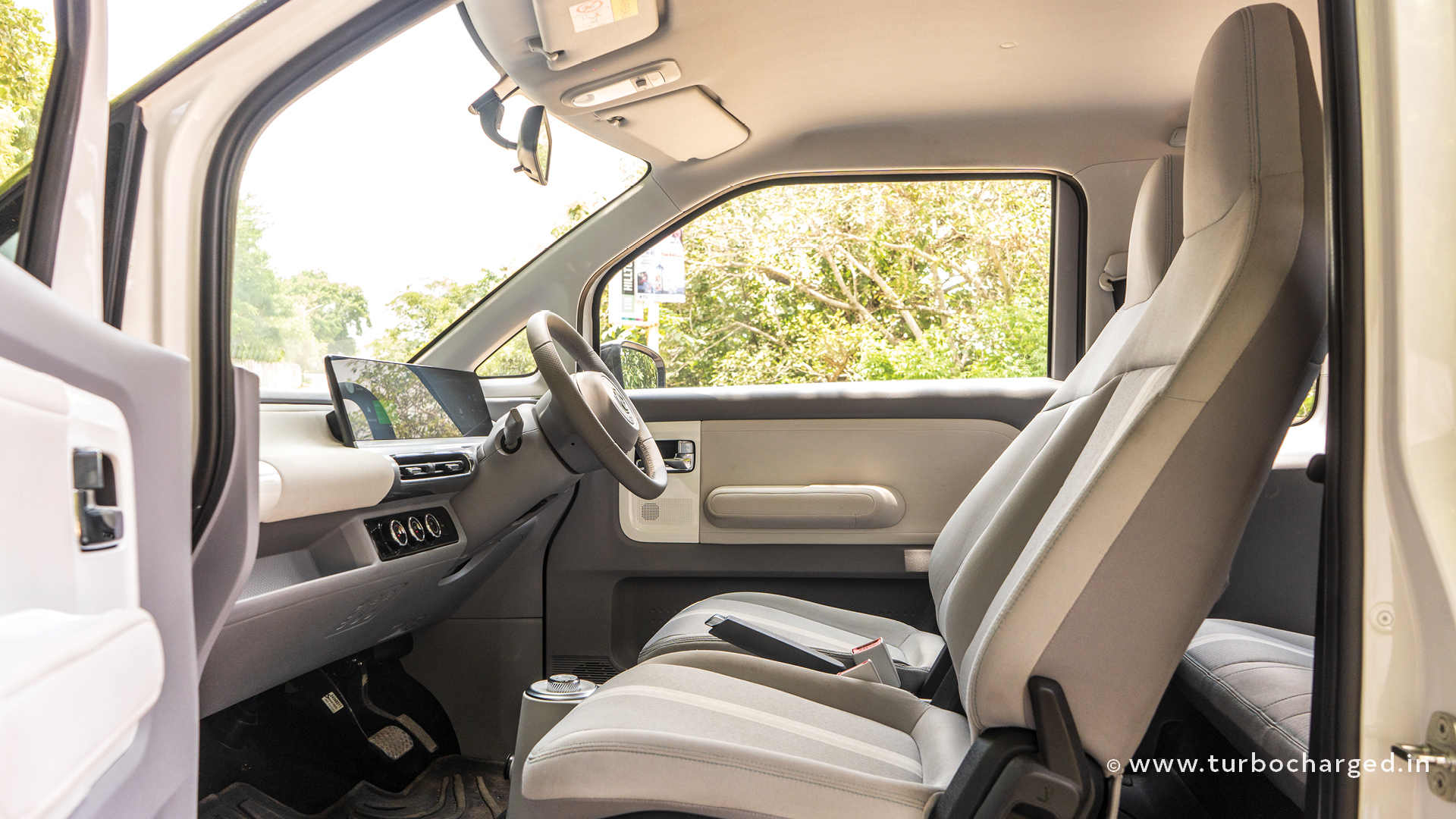
Small cars like the MG Comet make me happy. They point to a new era of small cars even when the last ICE engine runs dry. In fact, imagine a city filled with small cars, the amount of space you’d have to drive, no issues finding a parking spot either. Also when it comes to efficiency, smaller is better. And efficient equates to less pollution and less strain on natural resources. That’s why I firmly believe we need more city cars.





